Breadcrumb
Filter by
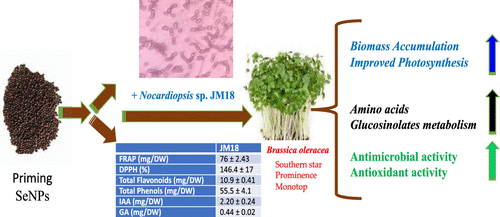
Synergistic Impacts of Plant-Growth-Promoting Bacteria and Selenium Nanoparticles on Improving the Nutritional Value and Biological Activities of Three Cultivars of Brassica Sprouts
Due to the growing world population and increasing environmental stress, improving the production, nutritional quality, and pharmaceutical applications of plants have become an urgent need. Therefore, current research was designed to investigate the impact of seed priming using plant-growth-promoting bacteria (PGPB) along with selenium nanoparticles (SeNPs) treatment on chemical and biological
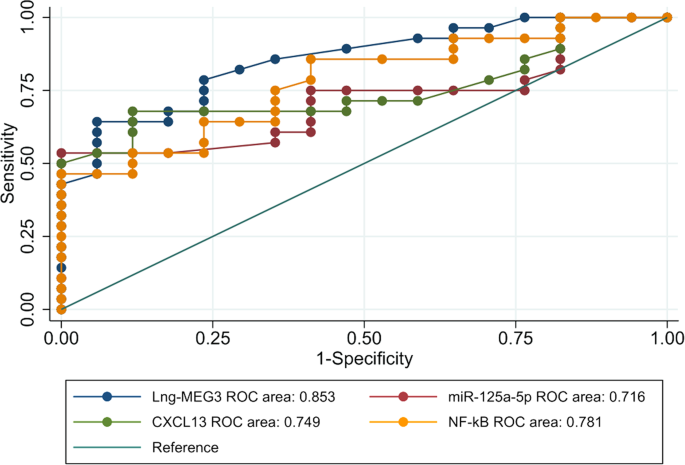
Long non-coding RNA maternally expressed gene 3, miR-125a-5p, CXCL13, and NF-kB in patients with immune thrombocytopenia
The main aim of this study was to assess the expression level of circulating long non-coding RNA maternally expressed gene 3 (lncRNA-MEG3), microRNA (miR-125a-5P), the chemokine C-X-C motif ligand13 (CXCL13), and the nuclear factor kappa-light-chain-enhancer of activated B cells (NF-kB) in immune thrombocytopenia (ITP) cases and to study its relation to the disease severity and treatment response
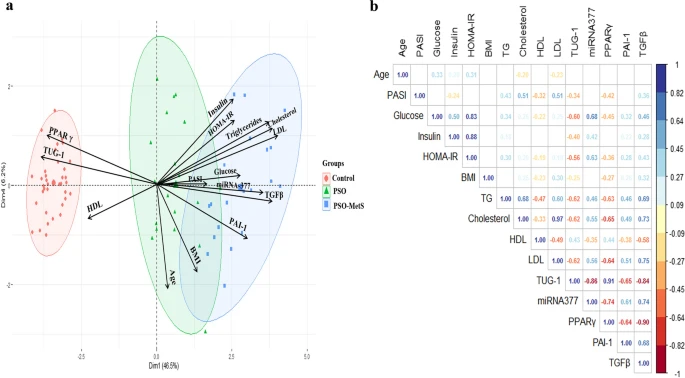
Long noncoding RNA (taurine upregulated gene 1) and micro RNA-377: emerging players in the development of metabolic syndrome among psoriasis patients
Background: Psoriasis (PsO) is an immune-mediated dermatosis and systemic inflammatory condition that can affect the skin, joints, and other organs and tissues with a range of comorbidities. The activation of proinflammatory cytokines is the primary cause of the development of skin lesions in PsO. Patients with PsO have a higher risk of developing cardiovascular metabolic comorbidities; among
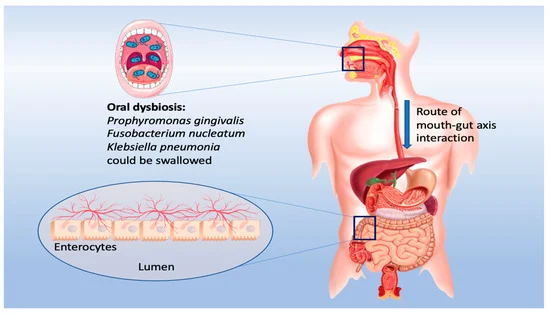
The Effect of Probiotic Supplementation on the Gut–Brain Axis in Psychiatric Patients
The pathophysiology of several psychiatric diseases may entail disturbances in the hypothalamic–pituitary–adrenal (HPA) axis and metabolic pathways. Variations in how these effects present themselves may be connected to individual variances in clinical symptoms and treatment responses, such as the observation that a significant fraction of participants do not respond to current antipsychotic drugs
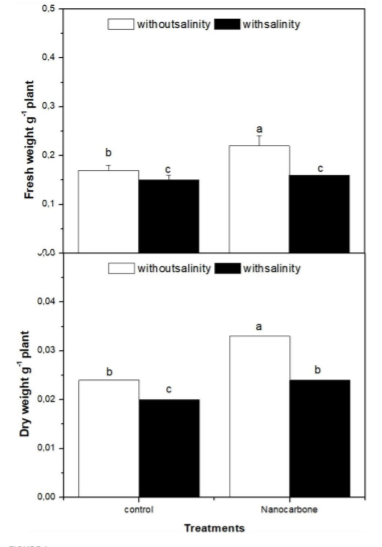
Synergistic effect of carbon nanoparticles with mild salinity for improving chemical composition and antioxidant activities of radish sprouts
The demand for healthy foods with high functional value has progressively increased. Carbon nanoparticles (CNPs) have a promising application in agriculture including the enhancement of plant growth. However, there are few studies on the interactive effects of CNPs and mild salinity on radish seed sprouting. To this end, the effect of radish seed priming with 80mM CNPs on biomass, anthocyanin
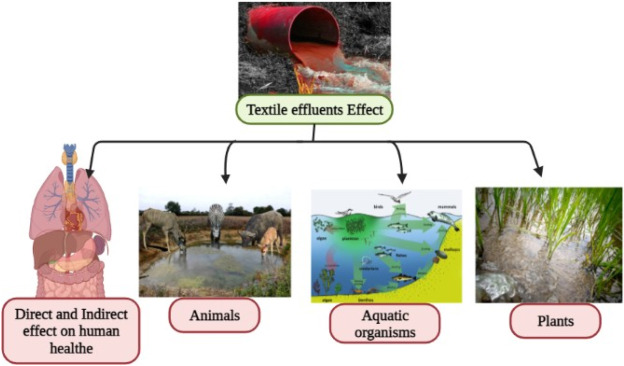
A review of coagulation explaining its definition, mechanism, coagulant types, and optimization models; RSM, and ANN
The textile business is one of the most hazardous industries since it produces several chemicals, such as dyes, which are released into water streams with ef-fluents. For the survival of the planet's life and the advancement of humanity, water is a crucial resource. One of the anthropogenic activities that pollute and consume water is the textile industry. Thus, the purpose of the current effort
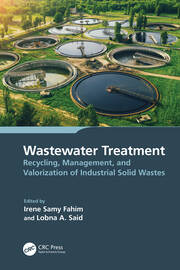
Water Importance and Pollution Sources—Recommended Limits of Pollutants
There are many water resources like rivers, seas, rains, and groundwater, which can be used in different sectors such as agricultural, domestic, and industrial uses. Therefore, different wastewater effluents with different properties are produced depending on their source. Industrial wastewater is one of the most harmful effluents due to the presence of toxic pollutants such as heavy metals, dyes
Healthcare
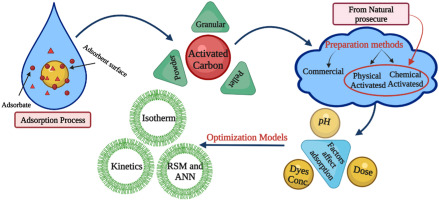
Review of activated carbon adsorbent material for textile dyes removal: Preparation, and modelling
Water contamination with colours and heavy metals from textile effluents has harmed the ecology and food chain, with mutagenic and carcinogenic effects on human health. As a result, removing these harmful chemicals is critical for the environment and human health. Various standard physicochemical and biological treatment technologies are used; however, there are still some difficulties. Adsorption
Energy and Water
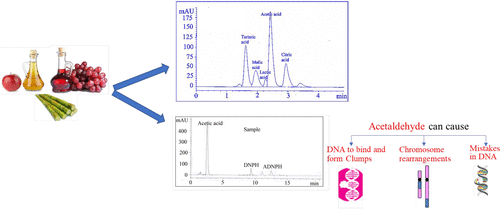
Detection and Identification of Adulteration in Vinegar Samples Based on Reversed-Phase High-Performance Liquid Chromatographic (RP-HPLC) Strategies
Adulteration of vinegar to gain economic benefit has become a common practice in recent years. RP-HPLC strategies were proposed for the assurance of the concentration of acetic acid, rare organic acids (tartaric, malic, lactic and citric), and acetaldehyde in Egyptian vinegar samples. The flow rate was 0.5 mL/min using UV detection at 210 and 365 nm for organic acid and acetaldehyde, respectively
Healthcare
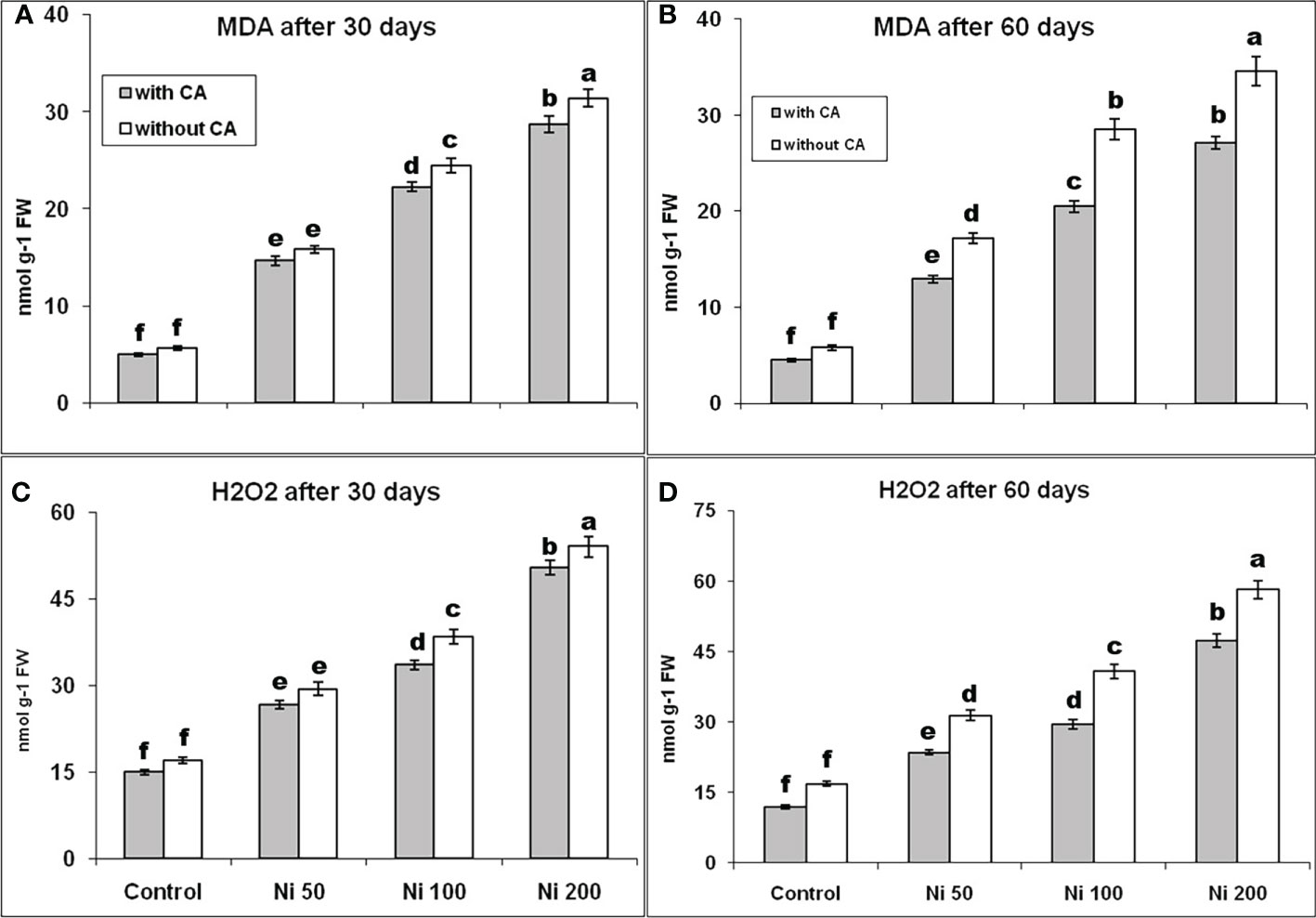
Citric acid assisted phytoextraction of nickle from soil helps to tolerate oxidative stress and expression profile of NRAMP genes in sunflower at different growth stages
Soil polluted with Nickel (Ni) adversely affects sunflower growth resulting in reduced yield. Counterbalancing Ni toxicity requires complex molecular, biochemical, and physiological mechanisms at the cellular, tissue, and whole plant levels, which might improve crop productivity. One of the primary adaptations to tolerate Ni toxicity is the enhanced production of antioxidant enzymes and the
Healthcare
